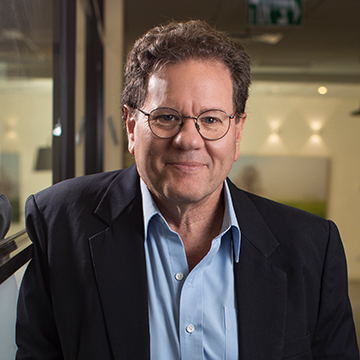World Diabetes Day – 2022
November 14 was designated by the United Nations as World Diabetes Day. The prevalence of diabetes has increased dramatically over recent decades and reached a global epidemic level, with major health and health economic consequences worldwide.
As the UN notes,
Globally, an estimated 422 million adults were living with diabetes in 2014, compared to 108 million in 1980. The global prevalence of diabetes has nearly doubled since 1980, rising from 4.7% to 8.5% in the adult population. This reflects an increase in associated risk factors such as being overweight or obese. Over the past decade, diabetes prevalence has risen faster in low and middle-income countries than in high-income countries.
Diabetes is a major cause of blindness, kidney failure, heart attack, stroke and lower limb amputation. Healthy diet, physical activity and avoiding tobacco use can prevent or delay type 2 diabetes. In addition, diabetes can be treated and its consequences avoided or delayed with medication, regular screening and treatment for complications.
The American Diabetes Association notes that in 2019, 37.3 million Americans representing 11.3% of the population, had diabetes, while in those of 65, the prevalence is 29.2. The diabetes-related healthcare costs reached a staggering $327 billion in 2018, mostly in direct medical costs and about a 1/3 in reduced productivity.
The theme for World Diabetes Day 2021-23 is access to diabetes care. This may be time to reflect on insulin and its discovery. It is also an opportunity to recognize the innovative spree that brings new and effective medications to the market.
Inulin was discovered by Sir Frederick G Banting, Charles H Best and JJR Macleod at the University of Toronto in 1921 and later purified by James B Collip. It was first used to treat a person with diabetes and to maintain balanced blood sugar levels a hundred years ago in 1922. In January of 1923, Banting, Collip and Best were awarded US patents on insulin and the method used to make it. They all assigned their patents to the University of Toronto for a nominal sum f $1 each. In doing so Banting famously said that “Insulin does not belong to me, it belongs to the world.”
Banting and Macleod were jointly awarded the Nobel Prize in Physiology or Medicine in 1923, in recognition of their invention. In demonstration of their personal greatness beyond the scientific brilliance, Banting split his half of the prize money with Best, and Macleod split the other half with Collip.

Although insulin has been available to treat diabetes for more than 100 years, millions of people around the world lack access to it or can’t afford it. Sufficient access to insulin is often lacking even in developed countries.
The Lancet reported that between 2007 and 2018 the cost of some insulin products in the US increased by more than 200%, and some people without insurance spend more than $1000 per month out-of-pocket for this life-saving drug. As NBC News reported, 14% of people who use insulin in the US spend at least 40% of their disposable income on insulin. Some are forced to ration insulin as a result – a practice that can lead to death.
It is puzzling why a 100-year-old invention is still so expensive. As US News explains, only three manufacturers in the US make the drug, although a generic version is expected to reach the market in 2024. Recently, the US Senate passed the Inflation Reduction Act, which, among others, will cap insulin prices at $35 per month starting in 2023 – albeit only for those eligible for Medicare. Today, there are different groups of insulin having different effects on the blood sugar levels: rapid-acting, intermediate and long-acting, short-acting or mixtures of insulin. Needless to say that all were or are patent protected.
Although the original patents for insulin, as well as on later recombinant versions have long since lapsed, drug makers can still patent their improvements to the formulation (including non-active ingredients) and to delivery systems, such as injection pens or automatic injection pumps. While injection pens dispense pre-measured amounts of insulin into the body, the pumps deliver a constant flow of insulin throughout the day, allowing for a more flexible lifestyle. According to a 2017 Lancet paper, “Older insulins have been successively replaced with newer, incrementally improved products covered by numerous additional patents.” New innovation, supported by many patents, over recent years, dramatically increased the arsenal of medications available for treatment of this life-threatening disease. It is to be expected that many more patented medications and other therapeutic paradigms will become available in the future improving life expectancy and quality to patients.



